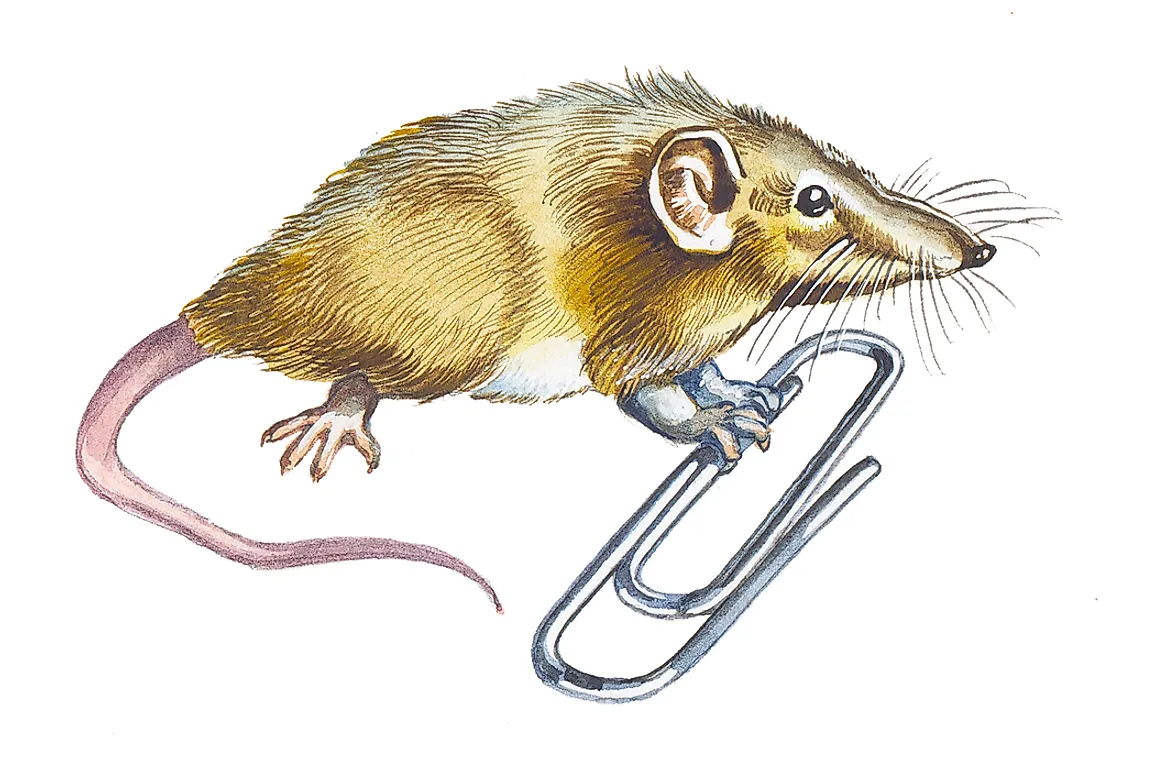What Is The World's Smallest Mammal?

With mammals as large as the African elephant and the blue whales, it is impossible to imagine that some of the mammals are as tiny as fingernails. For a long time, experts were doubtful that mammals could exist in such small sizes because small body size leads to too much loss of body heat. However, it has since been established that most of the small mammals have a large heart size to body ratio, allowing for rapid heart activities and food intake. There are actually two mammals that lay claim to the title of the smallest living mammal; the Etruscan shrew and bumblebee bat. However, the winner depends on how the “smallest” is defined.
How Are Two Mammals Both Considered the Smallest?
The smallest mammal in the world can be determined in two ways; either by the total weight or by the length. By total mass, the Etruscan shrew, a shrew species, is the smallest mammal, weighing at most two grams. The bumblebee bat is the smallest mammal by length and the size of the skull, measuring barely over an inch long. Despite their tiny nature, the two mammals are interesting creatures, possessing some unique characteristics and adaptations for survival.
Etruscan Shrew
The Etruscan shrew (Suncus etruscus) is the tiniest known mammal by total weight, weighing approximately 1.8 g. It is one of the hundreds of the shrew species found around the world. Etruscan shrew is known for its rapid movement and high metabolism, consuming approximately two times the size of its body per day. The Etruscan shrews live in warm and damp habitats covered with shrubs where it can hide from predators.
The Etruscan shrew has a thin body, measuring 1.2-2 inches long (when the tail which is 0.9 to 1.2 inches long is excluded). It has a relatively large head and possesses a mobile proboscis. The hind legs are small and the ears are large protuberant. The heart has large muscle mass (about 1% of the body) and beats at a rate of 25 beats per second. The fast heart beat rate is responsible for the high rate of metabolism. The Etruscan shrew is covered by the pale brown fur on its sides and back and light gray on the underparts. The mouth has short whiskers that are mainly used to look for food.
Kitti’s Hog-Nosed Bat (Bumblebee Bat)
The Kitti’s Hog-Nosed Bat (Craseonycteris thonglongyai) occurs in Thailand and parts of Myanmar where it inhabits mainly the limestone caves. It has been listed as vulnerable by the IUCN and may be at risk of extinction due to the degradation of its habitat and disturbance of the roosting site.
The Kitti’s Hog-Nosed Bat is approximately 1.5 inches long and weighs 2 grams hence its other name, the bumblebee bat. It has a snout resembling that of a pig with a vertical nostril. The bat has relatively large ears and small eyes which are covered with fur. The upper parts of the body are brownish while the undersides are paler. The bat’s tail is not visible despite the presence of a pair of caudal vertebrae. The hind legs have a large web-like skin between them which aids in flying and hunting of insects.











